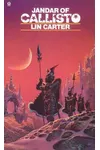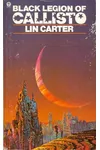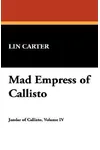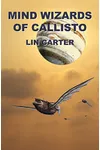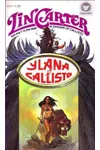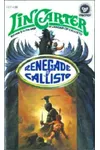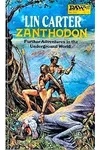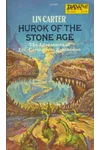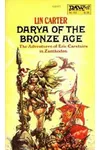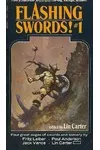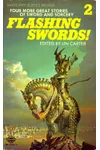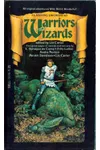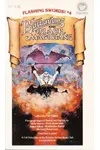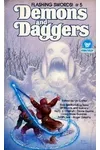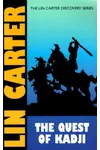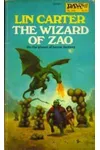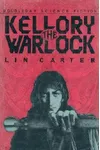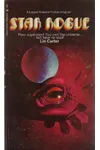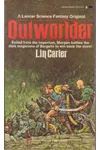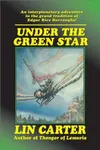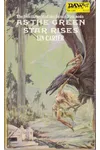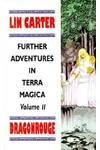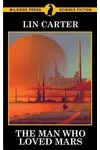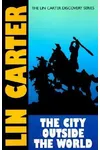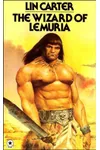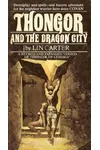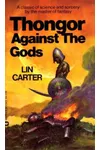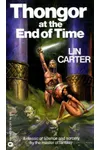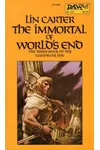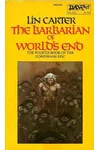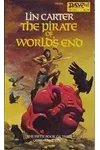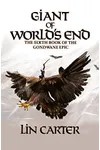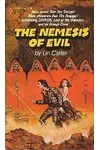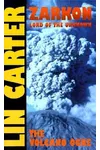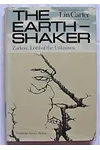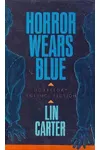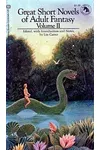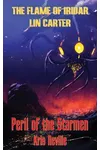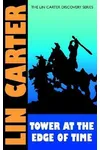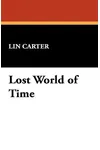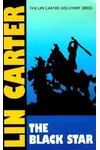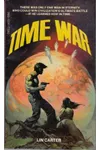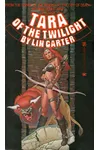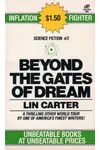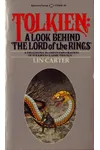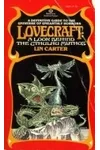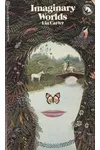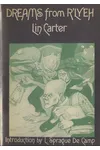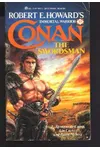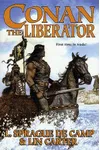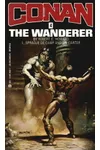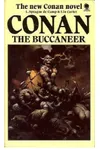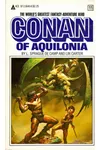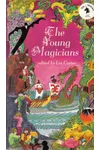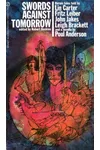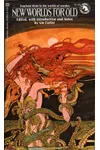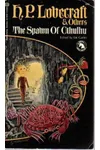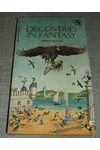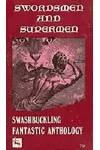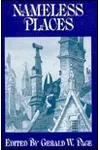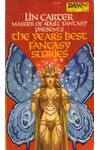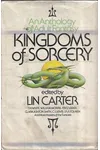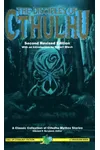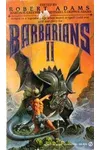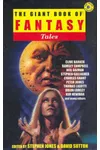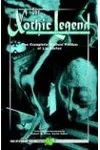Picture a storyteller who spun tales of barbarian heroes and distant worlds, breathing new life into fantasy’s forgotten gems—meet Lin Carter! Born in St. Petersburg, Florida, this American author, editor, and critic shaped the fantasy and science fiction genres with his adventurous novels and visionary editorial work. From his Thongor series to the groundbreaking Ballantine Adult Fantasy series, Carter’s passion for sword-and-sorcery made him a beloved figure among fans.
With a knack for pastiche and a heart full of fandom, Carter didn’t just write stories—he championed the genre’s past and future, introducing readers to timeless classics while crafting his own thrilling sagas. Let’s dive into the life and legacy of this fantasy trailblazer!
The Making of Lin Carter
Linwood Vrooman Carter, born June 9, 1930, was a voracious reader of science fiction and fantasy from a young age. Growing up in Florida, he immersed himself in the works of Edgar Rice Burroughs and Robert E. Howard, fueling his imagination. After serving in the U.S. Army during the Korean War (1951–53), Carter studied at Columbia University, honing his craft in Leonie Adams’s Poetry Workshop. By the late 1950s, he was working as a copywriter, but his love for storytelling soon took center stage. His first published story, “Masters of the Metropolis” (1957), co-written with Randall Garrett, marked the start of a prolific career.
Lin Carter’s Unforgettable Stories
Carter’s writing was a love letter to the pulp heroes he adored, blending sword-and-sorcery with planetary romance. His most famous creation, the Thongor series, kicked off with The Wizard of Lemuria (1965). Set in the ancient land of Lemuria, it follows Thongor, a Conan-like barbarian, as he battles evil wizards and dragon kings. The series’ six novels, including Thongor Fights the Pirates of Tarakus (1970), are packed with cliffhangers and vivid world-building.
The Callisto sequence, starting with Jandar of Callisto (1972), is a direct homage to Burroughs’ Barsoom series, set on Jupiter’s moon with swashbuckling heroes and alien landscapes. Carter’s playful self-insertion in Lankar of Callisto (1975) as the protagonist showcases his cheeky charm. His prose, while sometimes workmanlike, captured the pulp spirit with gusto, and his “Zanthodon” books echoed Burroughs’ Pellucidar adventures. Carter also dabbled in Lovecraftian horror, with stories like those in The Xothic Legend Cycle (1997), showing his versatility.
As an editor, Carter’s Ballantine Adult Fantasy series (1969–74) was a game-changer. He revived classics by authors like Lord Dunsany, Clark Ashton Smith, and William Morris, introducing a new generation to fantasy’s roots. His anthologies, such as Dragons, Elves, and Heroes (1969), cemented his role as a genre curator.
Why Lin Carter Matters
Lin Carter’s impact on fantasy is undeniable. Through the Ballantine Adult Fantasy series, he canonized the genre’s greatest works, helping define fantasy as a standalone literary field. His own novels, though pastiches, kept the pulp tradition alive, inspiring sword-and-sorcery fans and writers. Carter’s critical works, like Imaginary Worlds (1973), offered insightful analyses of fantasy’s evolution, even if some criticized his scholarship’s rigor. Despite health struggles and a decline in output by the 1980s, his legacy endures through Wildside Press reissues and the continued love for his adventurous tales.
About Lin Carter
- Born: June 9, 1930, St. Petersburg, Florida
- Died: February 7, 1988, Montclair, New Jersey
- Key Works: Thongor series, Callisto sequence, Imaginary Worlds
- Award: Nova Award, 1972
Snag The Wizard of Lemuria or explore the Ballantine Adult Fantasy series to dive into Lin Carter’s thrilling world of sword-and-sorcery!
